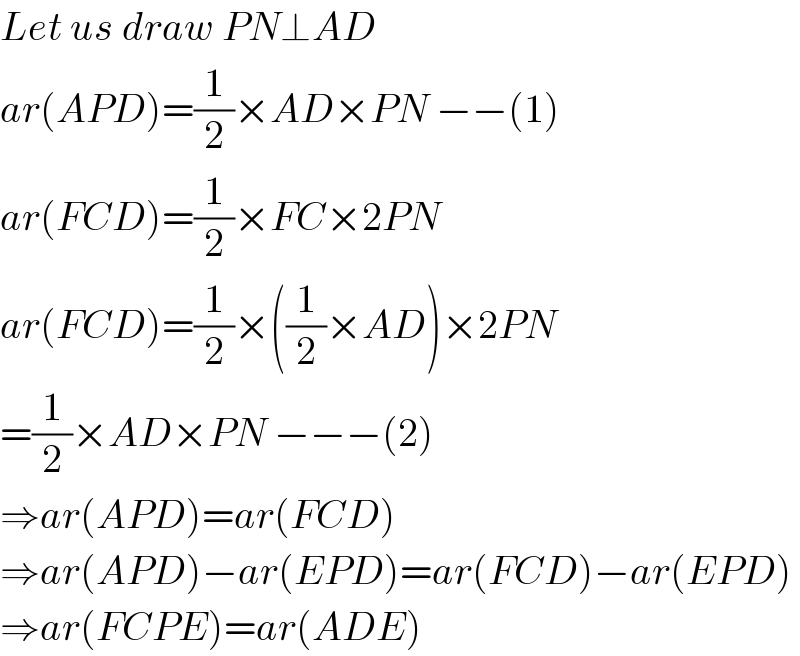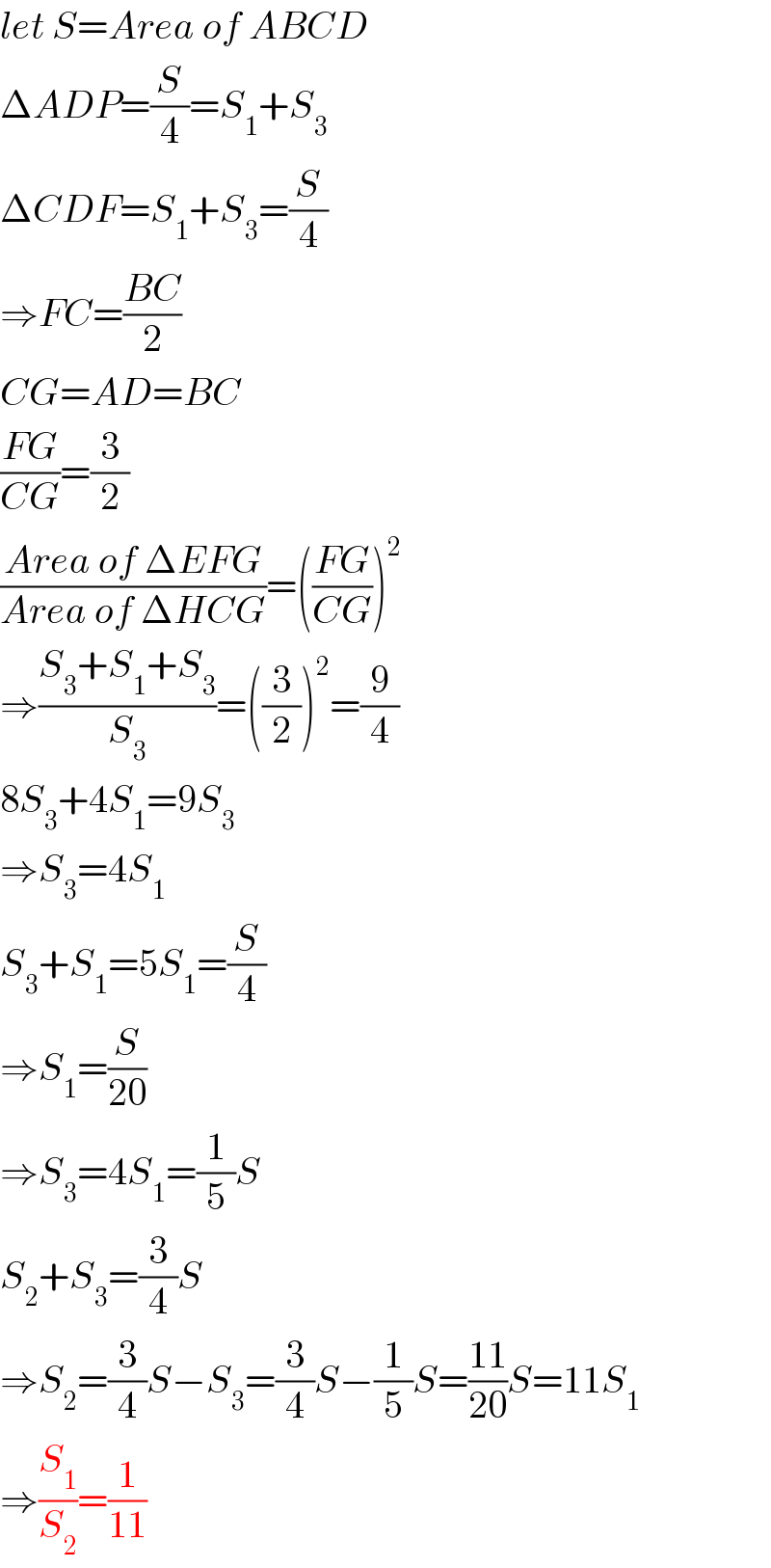
Question and Answers Forum
Question Number 30079 by naka3546 last updated on 16/Feb/18

Commented by naka3546 last updated on 16/Feb/18

Answered by $@ty@m last updated on 16/Feb/18

Answered by ajfour last updated on 16/Feb/18

Commented by naka3546 last updated on 16/Feb/18

Answered by ajfour last updated on 16/Feb/18

Commented by ajfour last updated on 16/Feb/18

Answered by mrW2 last updated on 16/Feb/18

Commented by mrW2 last updated on 17/Feb/18

